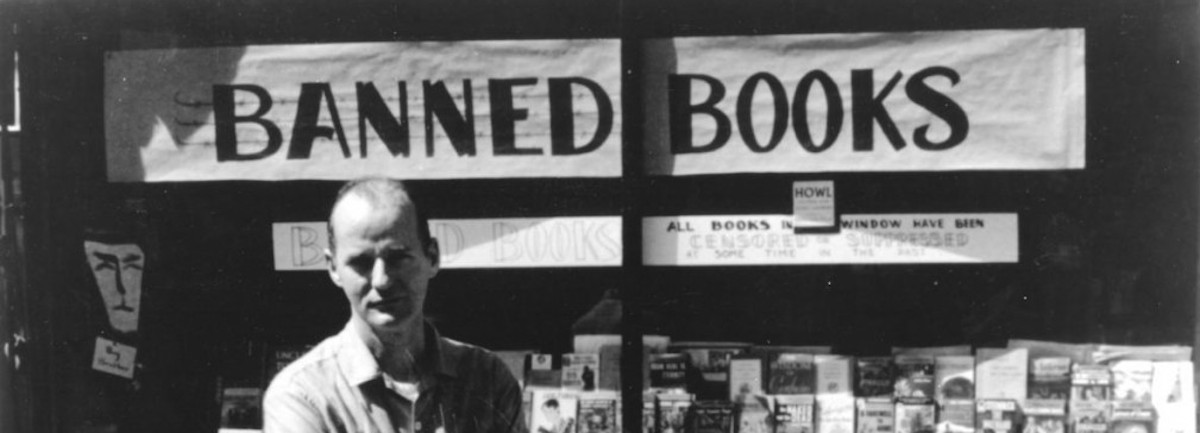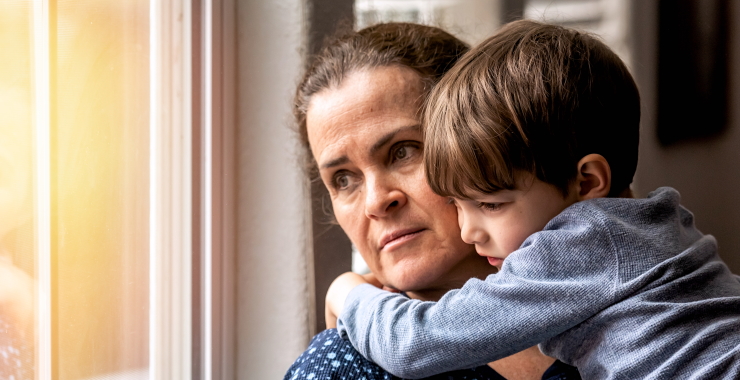After looking at a variety of books relating to economics, Dr. Stohr made a point to read two books from the collection that may seem to have questionable storylines and/or illustrations. The first book was One Fine Day by Nonny Hogrogian, which is a retelling of an Armenian folktale story about a thirsty fox that gets its tail cut off by a woman (who also refuses to sew the foxes tail back on) after she catches it drinking her milk. Although I believe its important to include diverse literature; as an adult, I can’t help but view this literature with some negativity regarding the concept of animal cruelty, which made me feel a bit uncomfortable. Thus, my immediate thought was not to consider including this book as it might send messages about negative treatment of animals. Yet, I am still unsure of which way I’m leaning more toward on whether to include this diverse literature in my future classroom instruction. The second book Dr. Stohr read was Agatha’s Feather Bed: Not Just Another Wild Goose Story by Carmen Agra Deedy. I appreciated the honesty in providing readers and Agatha the reality of where the feathers came from, but the illustrations of naked ghostly geese might feel frightening for some students, regardless of the message that “everything comes from something.”
A combination our most recent class discussion and Erika’s post on book banning led me to the question: “Are there resources that provide educators with diverse, un-bias children’s literature that focus on the topic of economics?” And, fortunately, I came across a variety of booklists on the Social Justice for Change website for educators to consider.
Link: https://socialjusticebooks.org/booklists/
Further, as I explored the “Economic Class” booklist, I noticed that there were some of the same books from Dr. Stohr’s collection included within this booklist , such as A Chair for My Mother and Tia Isa Wants a Car.
Are there books within the “Economic Class” booklist from the Social Justice Books website that you might consider including in your economics-related lessons? Further, as you explored the other booklist topics, are there specific books from other booklists within this website that you might consider including within other lessons pertaining to social studies, and does the literature you came across provide cross-connections between other core subjects? Also, have you found other websites particularly helpful in providing un-bias literature on any topics within elementary social studies?


 It’s 2022 and yet, if you do a quick internet search for book banning, hundreds of articles, interviews, and news stories pop up and they are not just from the past but rather are prominently featured in today’s headlines. Book banning (and book burning sadly), remain current issues. While banning books has been a practice for years (dating back to at least the 15th century), current events have brought it back to the foreground for significant educational and parental discussion. What books are being banned and why? Who decides?
It’s 2022 and yet, if you do a quick internet search for book banning, hundreds of articles, interviews, and news stories pop up and they are not just from the past but rather are prominently featured in today’s headlines. Book banning (and book burning sadly), remain current issues. While banning books has been a practice for years (dating back to at least the 15th century), current events have brought it back to the foreground for significant educational and parental discussion. What books are being banned and why? Who decides?

